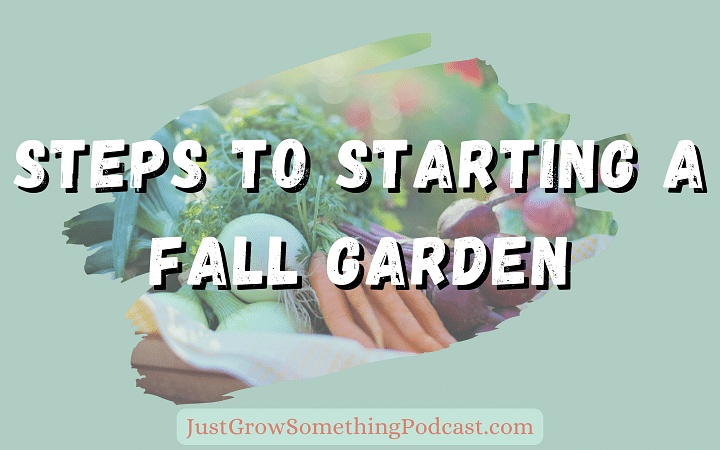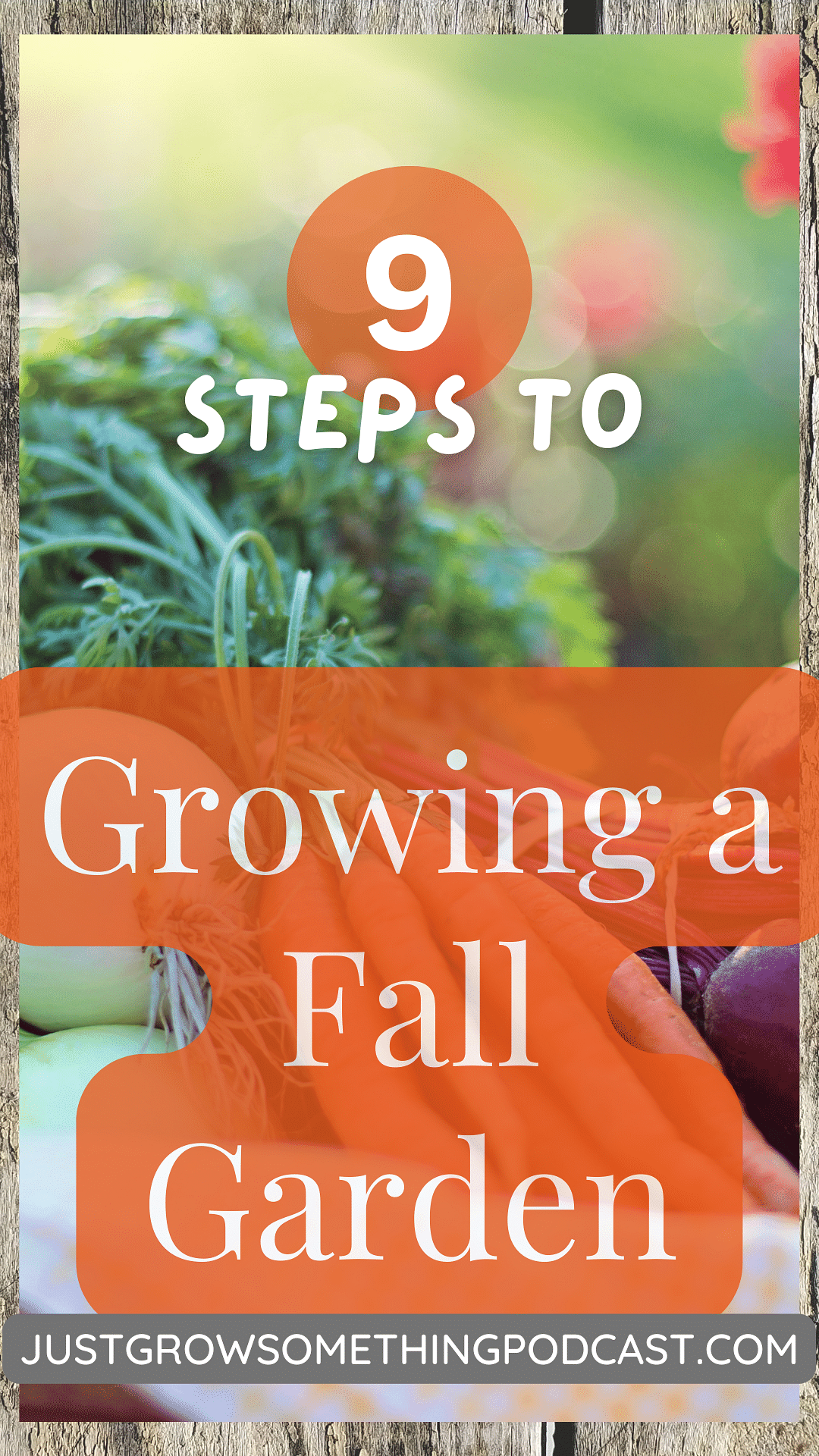
It seems like we were just talking about the things we can do to help our gardens survive through all the summer heat and now we’re already talking fall garden planning. But really, this is the time to be talking about it!
 Here are some steps to help you plan and grow your fall garden:
Here are some steps to help you plan and grow your fall garden:
Determine your region's first frost date. Knowing the average date of the first frost in your area is crucial for planning a fall garden. It helps you determine when to start planting and when to expect harvest. If your area doesn't get a frost, pay attention to your Persephone Period, the time when daylight drop below 10 hours per day and plants all but cease growth.
Select cold-tolerant crops. Choose vegetables and herbs that are well-suited for cooler temperatures. Examples include broccoli, cauliflower, Brussels sprouts, kale, lettuce, spinach, carrots, radishes, and parsley. Consult your local agricultural extension office or gardening resources for suitable varieties in your region.
Calculate planting dates. Count backward from the first frost date or Persephone Period to determine the appropriate planting dates for each crop. Most seed packets provide information on the number of days to maturity, which can guide you in planning.
Prepare the area. Clear the garden beds of any debris and weeds. Pull up any spent plants from the summer garden to make way for fresh ones. Amend the soil with some more organic matter like compost if you have it handy to improve fertility and structure. This is something you want to do in the fall even if you don’t plan to grow anything because it will absolutely benefit you come spring.
Start seeds indoors or plan for where to find transplants. Some cold-tolerant crops benefit from being started indoors and transplanted later. Brassicas for sure are in this category. Not all nurseries are going to offer vegetable starts for fall. So, if you check with your nursery and they don’t plan to do so, then you’ll need to get your seeds started right away. Follow the recommended indoor seed starting times and techniques for each crop. It’s usually listed on the seed packet, or you can search here on my website (at the top of the page) and find episodes, articles and videos if I’ve done one to get that information.
Direct sow seeds: Many crops can be directly sown into the garden. Follow the instructions on the seed packet regarding planting depth and spacing. Late summer sown seeds for a fall crop will germinate much more quickly than spring sown ones due to soil temperature. Be sure your soil isn't too hot by testing with a thermometer; many seeds will not sprout in soil temps over 90F.
Extend the growing season. Consider using season-extending techniques like row covers, cold frames, or hoop houses to protect your plants from early frosts. These structures help trap heat and keep the temperature around your plants more favorable. If you plan for crops that are going to hold through winter to be harvested while dormant, you’ll need to time your planting to be sure they reach maturity before your daylight hours drop below 10 hours per day. Be sure you have whatever frost and freeze protection you plan to use at the ready because we all know how awful it is to lose a crop to an unexpected early freeze.
Manage pests. Not as bad as summer, but still can be an issue in the fall. Keep an eye out for common fall garden pests like aphids, slugs and snails, and fall armyworm. Some of your summer pests are likely to be around as young adults, stink bugs and squash bugs are two examples, but the good news is they will be in preparation for winter, not reproduction mode, so not only will their numbers not increase at this point, but you’ll be able to easily see the adults and there won’t be any nymphs to manage.
Squash Vine Borers, Tomato Horn Worms, Colorado Potato Beetles, and Cucumber Beetles and some other pests like to lay their eggs in the soil or overwinter as adults there, or both. So, disturbing the soil as you garden in the fall is going to expose those eggs to get dried out or eaten by birds and keeps the adults from finding a nice spot to bed down for the winter. Continue to work that soil every time you’re in the garden, not deep, just the top few inches where your plant roots are residing anyway and where eggs and larvae may lay.
Harvest and preserve. Regularly harvest mature crops to encourage continued production through the first frost. Be prepared to preserve your harvest through methods like canning, freezing, or drying, ensuring you can enjoy your garden's bounty even after the growing season ends.
Remember, specific recommendations may vary based on your location, so consult local gardening resources, like Master Gardeners groups and your local extension service, or seek advice from experienced gardeners in your area for tailored guidance.
Your Friend in the Garden,

